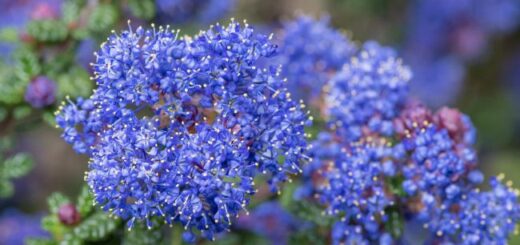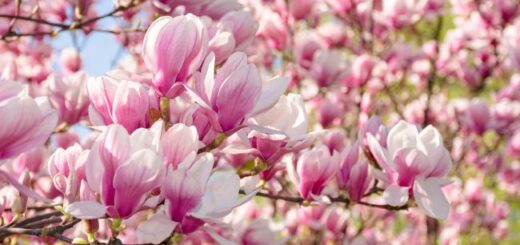Gardening calendar 1st week in November 2022

Early winter tasks and projects for your garden
Spring and summer colour often starts with the preparation of your garden in the autumn and early winter. It’s a great time to look back over the last year and plan for next year. Autumn gardening tasks include the following
Pruning Border roses – traditionally roses are pruned in the autumn and the spring. In the autumn pruning reduces the height to stop the roses from being damaged by the winter storm, generally, this means cutting back the stems by a quarter. Then in the spring as the buds break a second pruning is to remove damaged wood or stems.
A good tip when pruning roses is to remember the harder you cut back the rose plant the later the flowering will be in the summer. If you have several roses, cutting individual roses back to different heights will extend the flowering period.
Cutting back perennials – as the temperature dips in the autumn perennials such as phlox and crocosmia start to remove energy from the stems and leaves back into the roots to store energy for the next year’s spring growth. Click Here for more information on perennial plant support
Staking and supporting Perennial plants – once plants such as phlox, salvia and peonies have been cut back its a good time to install some supports so the plants grow through these supports or frames in the spring. It’s easier than trying to add supports and frames once the plants have grown and start to fall over.
Feeding – a general feed with Growmore fertiliser will help maintain your plants and soil health. One handful per square metre is sprinkled onto the border or around trees and shrubs, if you feed with Growmore earlier in the year then use half this amount.
Mulching – once your perennial plants are cut back and weeds removed the final job on your garden borders is to mulch the borders.
One of the keys to creating low-maintenance gardening is to use mulches to suppress the weeds and reduce the need for weeding.
Click Here for more information on Mulching
Compost Heaps – empty your compost heap of any compost that’s ready and spread it on your flower beds before you mulch or top up the mulch. Take the compost from the bottom of your compost heap as this will be the oldest compost. Always leave some compost in your compost heap, bin etc because this will contain bacteria to start the next load of compost.
Spring bulbs – Plant some spring bulbs Click Here for further information
Leaf raking – it’s a big annual job in most gardens but has some real benefits to the garden if you collect the leaves and compost them. On a small scale, the leaves can be bagged up into black plastic bags adding a handful of growmore fertiliser and a litre of water. Stored around the back of your shed next autumn you can use the composted leaves as a mulch around acidic soil-loving plants such as maples, magnolias etc
For larger volumes of building a leaf/compost clamp from some old pallets will be your best bet.
Winter washing and calendula seeds – Once the leaves have fallen from your fruit trees and bushed plus your roses apply a winter wash. The most important autumn task in autumn fruit tree care is to spray with a winter wash which will kill all the overwintering pest eggs, etc hiding in all the cracks and gaps in the bark on the twigs stems and branches plus add some grease bands on the main stems can help prevent pests Click Here for more information on winter wash
Broadcasting and lightly raking in a few calendula seeds under your roses or fruit trees and bushes. They will germinate in the spring and the flowers help pests such as aphids away and support beneficial insects.





